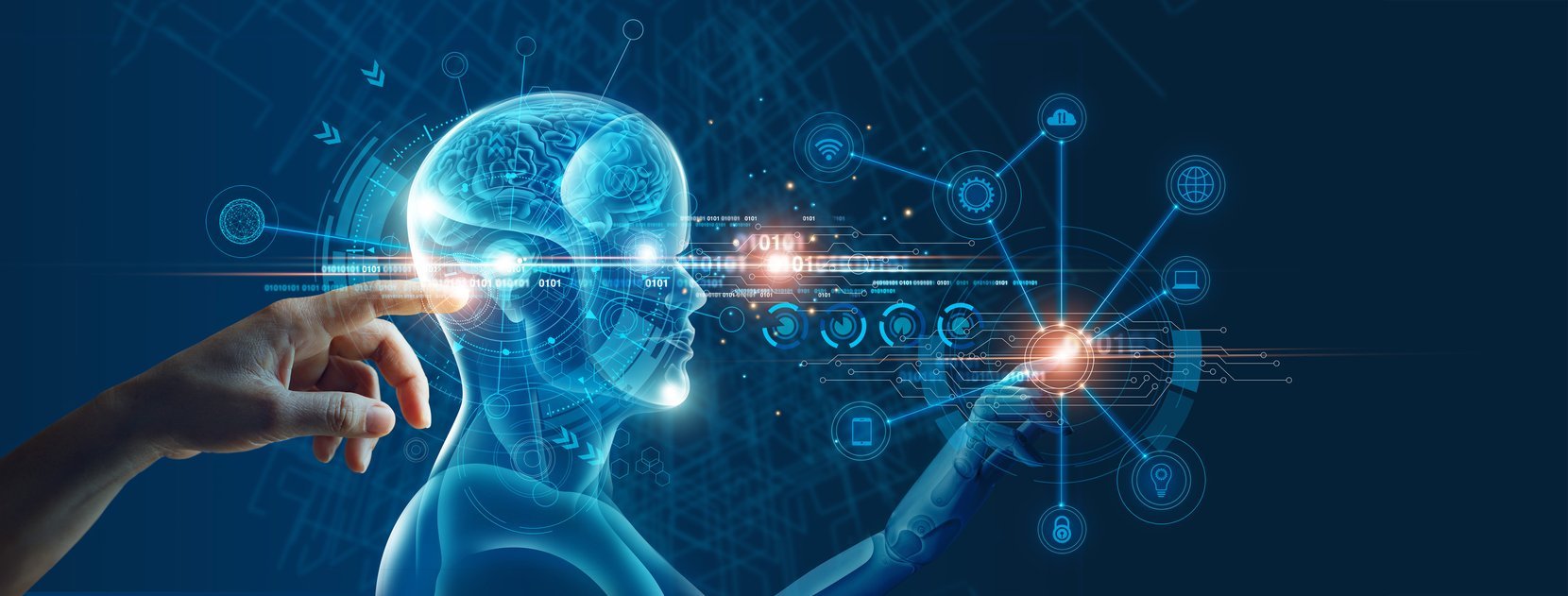Future Use of Technology by the Police
In this section, we discuss and examine the impact of technology on policing with a strong emphasis on how it will be used by the police, and affect them, in the future. Technology has found its way into every aspect of our personal and professional lives. Unless we experience some cataclysmic event that knocks us back to the world before technology (see our discussion of “black swan events”) our future reliance on tech will only increase in the future. Like any aspect of the human experience, when we try and answer the question “Will advanced technology be good for policing and the communities the police are sworn to protect?” the answer has to be a resounding “It all depends!” License plate readers, for instance, will be considered invaluable by some communities if they help rescue a kidnap victim. In others, there will be calls to prohibit their use by the police if they are perceived to be simply a mass surveillance tool for oppressing certain groups.
Clearly, technology offers many benefits to policing. However, its application also poses potential challenges and unintended consequences. Increased surveillance capabilities, facial recognition systems, and extensive data collection methods all pose privacy concerns that could violate individual rights. Furthermore, improperly calibrated or executed technologies may inadvertently perpetuate biases targeting certain communities with discriminatory outcomes. They may obscure decision making processes while undermining trust among citizens as well as foster an over-dependence that undermines human judgment in policing practices.
It is clear that artificial intelligence will play an ever increasing – in fact dominant – role in the technology used by the police. In this section we also explore other types of technology, and the human factors and implications in using them. Despite our attempt to separation some of these other technologies from AI, it will inevitably find its way into most of our discussions. We focus more directly on AI in our Center on Policing and Artificial Intelligence (COP-AI).
To successfully navigate these complexities, it is vital that we establish robust ethical guardrails and legal safeguards. Engaging in open public dialogues and maintaining checks and balances are also key in striking an optimal balance, which ensures technology assists policing and advances community safety while still respecting individual rights and creating trust within communities.

Police Technologist: the position every police agency needs but almost none have
The use of technology by the police is clearly anchored to the culture of policing. Unfortunately, what is not part of the policing culture is the role of “Police Technologist.” This position is envisioned as the keeper of policing’s ethical commitment to do the right thing while protecting the community. Without a solid understanding of how police technology works, like artificial intelligence for instance, police leaders might inadvertently implement technology that, at best, doesn’t produce the outcomes they seek, and at worst, actually harms the very people they are paid to protect. Police technologists are trained to understand technologies the police want to use, know how to evaluate them, and, perhaps most importantly, understand how to determine the technologies’ effectiveness and whether they are actually producing harm.

